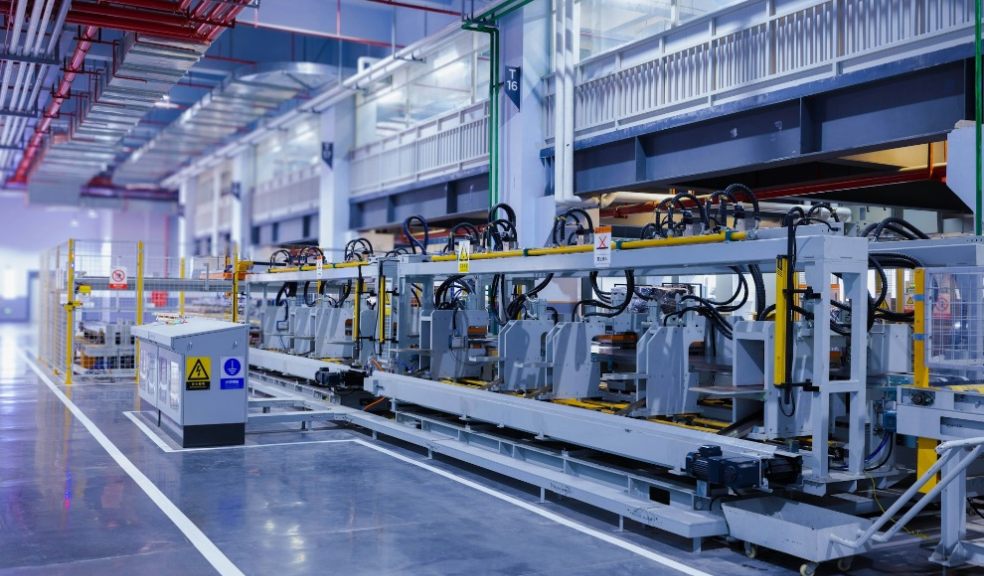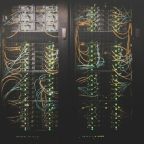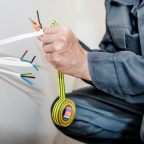
Why Photoelectric Sensors Are Critical for Assembly Line Automation
Assembly line is a very important aspect in the current production processes in manufacturing factories. To be able to deliver satisfactory results to clients, meet ever increasing demand and provide faster services, organizations integrate technologies into their operations. Among such technologies, photoelectric sensors have been established as essential links in using an assembly line. As the purpose of this article is to understand why photoelectric sensors are important in improving the operations of an assembly line, and why businesses require them to make improvements in their techniques, it is equally important to consider what these sensors are and what they do.
What Are Photoelectric Sensors
Photoelectric sensors are used in industrial applications as non-contact sensors for detecting an object or a change in the surface of an object or the distance between the sensor and the object which may be an object located in its path. They have an emitter, a receiver and a signal processor making them very useful in almost all industries. These sensors play a critical role in sensing the existence or non-existence or position of objects on assembly lines which require the level of reliability and accuracy that is available in automation systems.
In its broadest sense, photoelectric sensors are ideal for organizations in need of industrial automation solutions. Holding a high reputation, the photoelectric sensor manufacturers develop sensors for modern or specialized assembly line requirements, which is why manufacturers find them ideal..
High Precision for Complex Tasks
Objects coming through assembly lines may come in different sizes, shapes and materials and this makes handling a big issue. The photoelectric sensors can be said to work optimally in detecting such objects with precision so as to allow needed sorting, positioning or alignment. Such a level of accuracy is especially required at companies operating in electronics, automobiles and manufacture of pharmaceutical products as any slight deviation from the ideal norm results in the production of substandard products.
These are well suited for shining, translucent, or difficult to shape objects that may be easily read by other types of sensors. Diffuse photoelectric sensors work by reflecting an incident light beam off the surface of an object, while retro-reflective sensors incorporate a reflector to detect objects with varied reflective characteristics. There are variations of what is known as the photoelectric sensor which can be fixed and mobile; its versatility makes it one of the most critical instruments for match and quality in assembly lines.
Speed and Efficiency in Detection
While circulation of products is at a relatively high rate in manufacturing organizations, focus is often placed on the speed of the process. That’s why photoelectric sensors are able to distinguish objects at an incredible speed and are perfect for use in assembly lines. Compared to mechanical switches that use electrical contacts and are eroded easily, photoelectric sensors work based on light beams for sensing, coupled with fast response and long service duration.
As for photoelectric sensors, the gratifying reaction speed means their capacity in differentiations, separation, and positioning tasks can be automated by manufacturers without deviation in precision. For instance, in the food and beverage industry the above sensors are used to identify bottles or packages moving at high velocity on the conveyors.
When adopting photoelectric sensors into their industrial automation products, businessmen are able to increase their profits and minimize the number of unproductive hours due to use of slower and less accurate technologies.
Reliability in Challenging Environments
Assembly lines are exposed to severe environmental warfare in the form of dust, heat, moisture, and vibration amongst others. Such operating conditions, however, do not pose a problem to photoelectric sensors, as they are designed for such conditions. Featuring strong enclosures and high IP ratings, these sensors offer high levels of dust and water intrusion protection allowing them to perform optimally in challenging environments.
These sensors even consist of other features like temperature compensation as well as self-diagnostic abilities to keep extended consistency and dependability. That makes them ideal for use in assembly lines in mining, automobile, and heavy equipment manufacturing industries.
Buyers can get sensors from a reliable photoelectric sensor manufacturer to obtain quality equipment that has been designed to meet the different requirements of industries.
Flexibility for Diverse Applications
There are three general categories for photoelectric sensors: through-beam, retro-reflective, and diffuse sensors, each design for particular use. This versatility makes it convenient to apply them in a wide variety of assembly line operations such as the identification of objects and determination of distances as well as the observing of product position.
For instance:
- Through-beam sensors: Perfect for use in high dust areas because it does not respond until the light beam is fully off.
- Retro-reflective sensors: Ideally suited for practical use in the situation when space is a concern as they make use of a reflector to mirror the light beam back to the sensor.
- Diffuse sensors: Appropriate for the illumination of irregular figure objects in a way that reflects the light on the object itself.
The availability of a flexible choice in the selection of the correct sensor configuration for each application enables assembly line optimization for business organizations. From identifying extremely tiny parts in electronics production to monitoring huge shipments in logistics, few sensor types offer the flexibility that the photoelectric sensor offers to industries.
Cost-Effectiveness and Long-Term Value
Although the cost of photoelectric sensors is relatively higher than mechanical switches initially, the advantages that come with this device are much more than the downsides. Photoelectric sensors are also easy to maintain since they are non-contact sensors and hence incur little or no downtime and replacement costs. They also have a long life span and this also renaissance the cost of energy which leads to less operational cost in the long run.
Furthermore, improvements in the contemporary photoelectric sensors consist of other features such as IO-Link for streaming data in real-time. It further enables the prophylactic maintenance techniques so that the companies can be able to prevent problems that might cause a breakdown.
Outsourcing through a photoelectric sensor manufacturer provides access to the latest and most reliable photoelectric sensor technologies to help businesses greatly enhance the value of their production line.
Photoelectric sensors can be considered as an essential element of the automation of an assembly line as they include high accuracy, speed and dependability. They are ideal for use in difficult terrains and since they are both flexible and cheap, every company with production lines ought to consider using them.
In the cases when people decide to invest in industrial automation solutions, it is crucial to select a proper photoelectric sensor that will guarantee the company’s efficiency. Many companies should seek the services of a reliable photoelectric sensor company as they do offer quality products that would meet the needs of modern line assembly hence increasing production and profitability.
No longer are photoelectric sensors just a purely technical and functional element in a modern manufacturing environment – they lie firmly in the realm of a competitive weapon.













